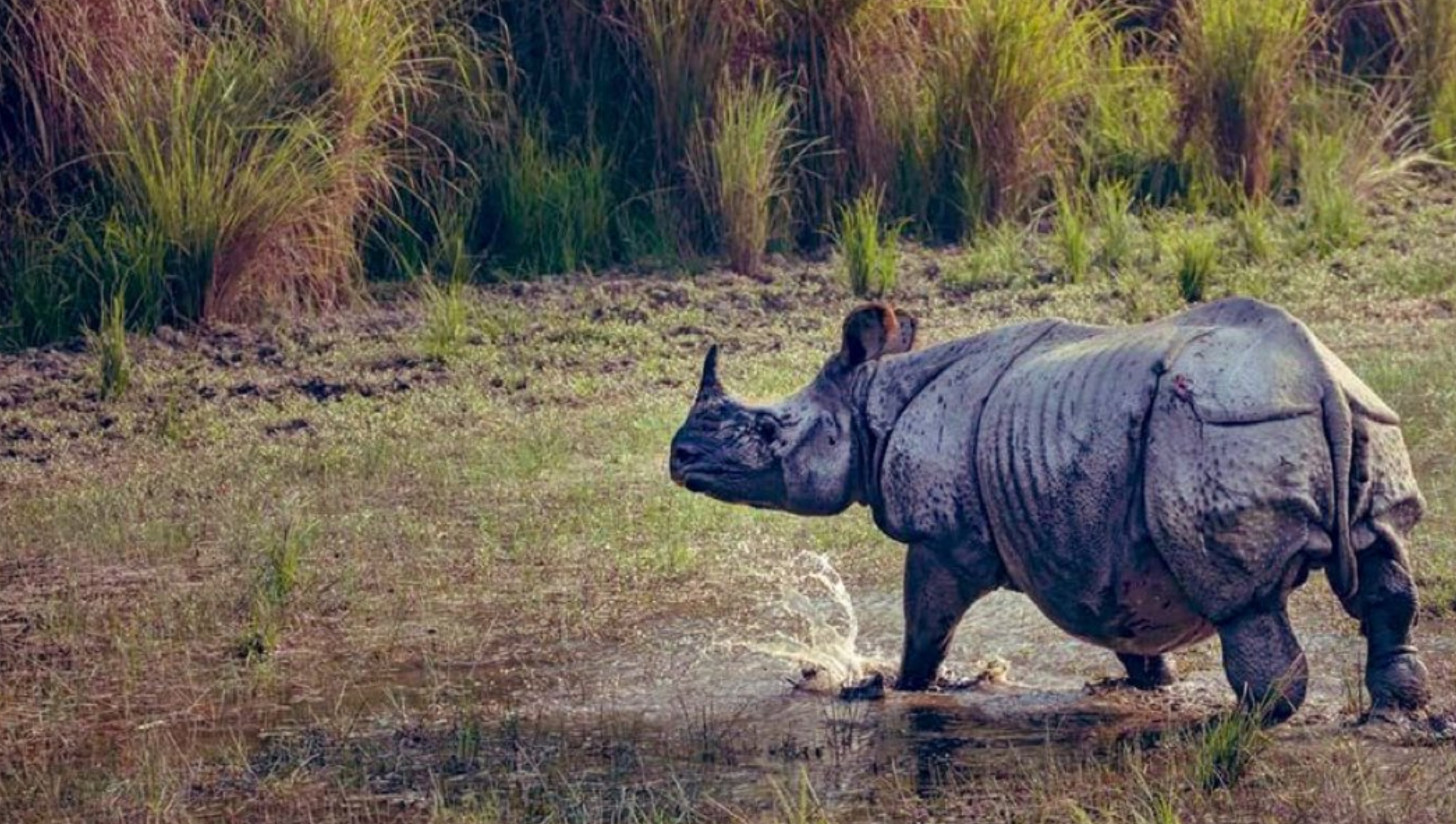


NEW DELHI: With poaching of animals remains as one of the greatest threats to wildlife for decades in India, IIT-Madras and Harvard University jointly developed a Machine Learning algorithm to curb the crime.
Named ‘CombSGPO’ (Combined Security Game Policy Optimization), this machine can help in saving wildlife from poaching. The new algorithm provides highly efficient strategies.
In India, poachers master multiple techniques, from using tranquillizers to even killing, to get hold of the animal.
In India, the Wildlife (Protection) Act, 1972 covers most of the wildlife crimes in an efficient manner, however, the implementation and enforcement have repeatedly failed to curtail the crime.
Following limited usage of rangers and drones, the researchers developed this algorithm which provides a good strategy to protect wildlife with the resources available.
Balaraman Ravindran, Head, Robert Bosch Centre for Data Science and Artificial Intelligence (RBCDSAI), IIT Madras told The New Indian, “CombSGPO uses a combination of game theory and multi-agent reinforcement learning to compute strategies for strategic resource allocation and patrolling using a team of surveillance drones and forest rangers.”
“While poaching is rampant, advancements in Machine Learning and AI can be put to use for social good and data-driven techniques can be used to come up with more efficient and effective strategies to combat poaching,” adds Prof Ravindran.
However, keeping in mind the data collection which to date is a costly procedure and the research is finding its way out in cost-effectiveness.
“We are currently looking into this matter by using model-based reinforcement learning to improve sample efficiency of multi-agent reinforcement learning algorithms. This will in turn help algorithms such as CombSGPO learn faster and more efficiently from less data,” said Prof Ravindran.
CombSGPO had not been tested in real-world settings yet.
As per the World Wide Fund for Nature (WWF), the wildlife trade poses the second-biggest direct threat to the survival of species after habitat destruction. While several organizations and regulatory authorities are trying to curb the incidences of poaching, the poachers seem to have always remained one step ahead of the patrollers.
According to the United Nations Office on Drugs and Crime (UNODC), in India wildlife crime is a pervasive problem damaging ecosystems, impacting food security and affecting the livelihoods of rural communities.
In many cases, cross-border smuggling of live animals and plants can result in the spread of disease through carrier animals and plants.
Major wildlife crime in India includes poaching of tigers, rhinos and blackbuck along with the sale of star tortoises.
Poaching not only destroys biodiversity but also leads to the extinction of endangered animals and affects entire forest ecosystems along with the communities that depend on these forest ecosystems.
IPC Section 428 and Section 429 reads that killing, poaching, maiming, poisoning or torturing an animal is a cognizable offence and an FIR must be lodged. The punishment for such an act is rigorous imprisonment which may extend to five years or fine or both.